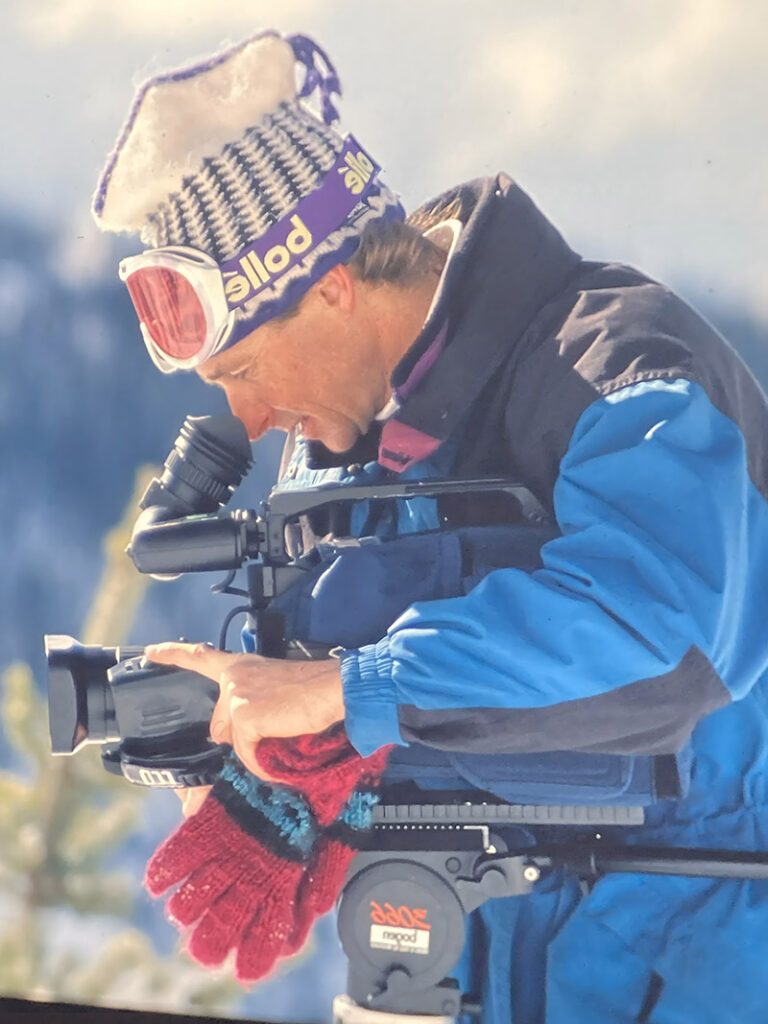Awhile back, I confessed to editor Jon Snyder that I found the standard Ten Essentials list a little dated. I realize I will be tarred and feathered later for the following outdoor blasphemy, but I always felt the list was great for a classroom or a Boy Scout badge but not always practical in most outdoor pursuits. Also, there’s evidence that suggest that simply carrying these ten objects, without knowledge of their proper use, sometimes invites an accident. So, since I disagreed with a large portion of the list, Snyder challenged me to write up my own ‘Essentials’ based on my various pursuits and activities. This seemed like a fitting way to review and check my own gear before the launch of the spring season, as well as condense what so many outdoor-themed websites are trying to sell.
For those unfamiliar with the classic (and time-tested) Freedom Of The Hills mantra, here it is: map, compass, sun protection, extra clothing, flashlight, first aid kit, firestarter, matches, knife, and extra food. Originally assembled by the 1930s Seattle-based Mountaineers, this list has been a guide to answer two basic questions: First, can you respond positively to an accident or emergency? Second, can you safely spend a night—or more—out there?
This list is so ingrained that it has a Wikipedia definition. The updated Ten Essentials also serves as the capstone in a series of REI online videos. Although the 7th Edition of the Freedom Of The Hills modernized the list to a ‘systems’ approach, the stalwart pillar in every outdoor club’s checklist is the original ten. Strangely enough, the Wikipedia definition cites the “thirteen essentials” list by the Spokane Mountaineers.
No joke, I’m not an expert in any particular field or activity, but I’m genuinely out there more often than not, and I certainly know a thing or two about keeping warm, safe and dry.
In no particular order, here’s my Essential Ten Essentials.
GLOVES: If your hands are bitterly cold, your ability to simply function is drastically reduced. If you need to light a stove, adjust bindings, fix crampons, tie a knot or even unscrew the lid off a water bottle, then year-round you must have proper gloves. Not cheap gloves, but good, dependable gloves. Have to bring them along every time. I love Black Diamond Midweight Gloves or Outdoor Research Gripper Gloves for the majority of activities.
FIRESTARTER: I’m not sure why the original list recommends matches AND firestarter, but nevertheless bring along a proven and familiar method for lighting a fire. Bring whatever you’re confident using in really poor conditions. I bring a Bic lighter and some petroleum-based firestarter.
WATER CONTAINER: Not sure how this didn’t make the original list, but it’s a far greater necessity than a map (although, in an emergency, maps make good firestarter too). Note that Camelbak hydration hoses and bladders often freeze. In the winter, I often sleep with a water bottle so I don’t have to melt as much snow or ice to get a cup of coffee right away in the morning.
SUN PROTECTION: I echo this item on the original list. Those that know me know I’m so pale that I sunburn in front of a glass of orange juice. Always bring along hat, sunglasses and an appropriate tube of sunscreen.
BUILD-YOUR-OWN SURVIVAL KIT: One day I made up four really generic survival kits and I shoved them into the top pouch of all of my packs. In a sandwich bag, I packed up some safety pins, a couple garbage bags, some TP, a bandanna, a whistle, some Band-Aids, a Lexan fork and spoon, earplugs and another little baggie filled with ibuprofen. Those little inexpensive bags are some of the most valuable things I ever take with me. Just remember to replace stuff as you use it.
MULTI TOOL: Bring along a reasonable multi-tool with basic features rather than a plain knife. I use it more often to open beers than to cut anything, but I recommend most Buck knives. Great quality, great brand.
INSECT REPELLENT: Again, how did maps make the original list, and not bug juice? Bring whatever you can tolerate.
GORE-TEX: Not merely extra clothing, but a proven waterproof and windproof barrier. Bring whatever fits, and whatever you have tested and tried in your own outings. I emphasize Outdoor Research and Arc’teryx jackets and pants for fit and features, but Cloudveil, Patagonia and Mountain Hardwear are all worthy brands.
TWO HEADLAMPS: Funny truth is that batteries are the heaviest things in most of the new cutting-edge headlamps, so if you’re bringing a headlamp and extra batteries—why not bring two headlamps? One for around your neck that doesn’t shine in anyone’s face, and another for your head that assists with reading or searching for things in your pack. Besides, redundant lights are key for any extended survival period.
TELL SOMEONE WHERE YOU ARE: I know this isn’t something you bring along, but for the hundredth time, TELL somebody where you are in case anything unexpected happens. Maximize your chances of rescue and minimize the need to carry all this other stuff by just telling a couple responsible friends and family where you will be. Rockfall, poor weather, forest fire, avalanche danger, even flooding, I’ve seen all of these things alter my plans, but I maintain, someone has always known the drainage or general location I was exploring. This, above all, belongs in the Essential Ten Essentials.
Jon Jonckers is a regular contributor to Out There Monthly who loves being outside. This past year he finished Bloomsday and Langlauf under an hour; served as a rock-climbing instructor at the Red Rock Rendezvous near Las Vegas; participated in the all-new ski traverse in the Selkirks (courtesy of Mat Walden’s wicked navigation); assisted at an outdoor photography clinic near Carbondale, Colorado; bacpacked the Selkirks and Cabinets; made some good scrambles in the Cascades; and even managed two top-ten finishes at local ultra marathon races.













